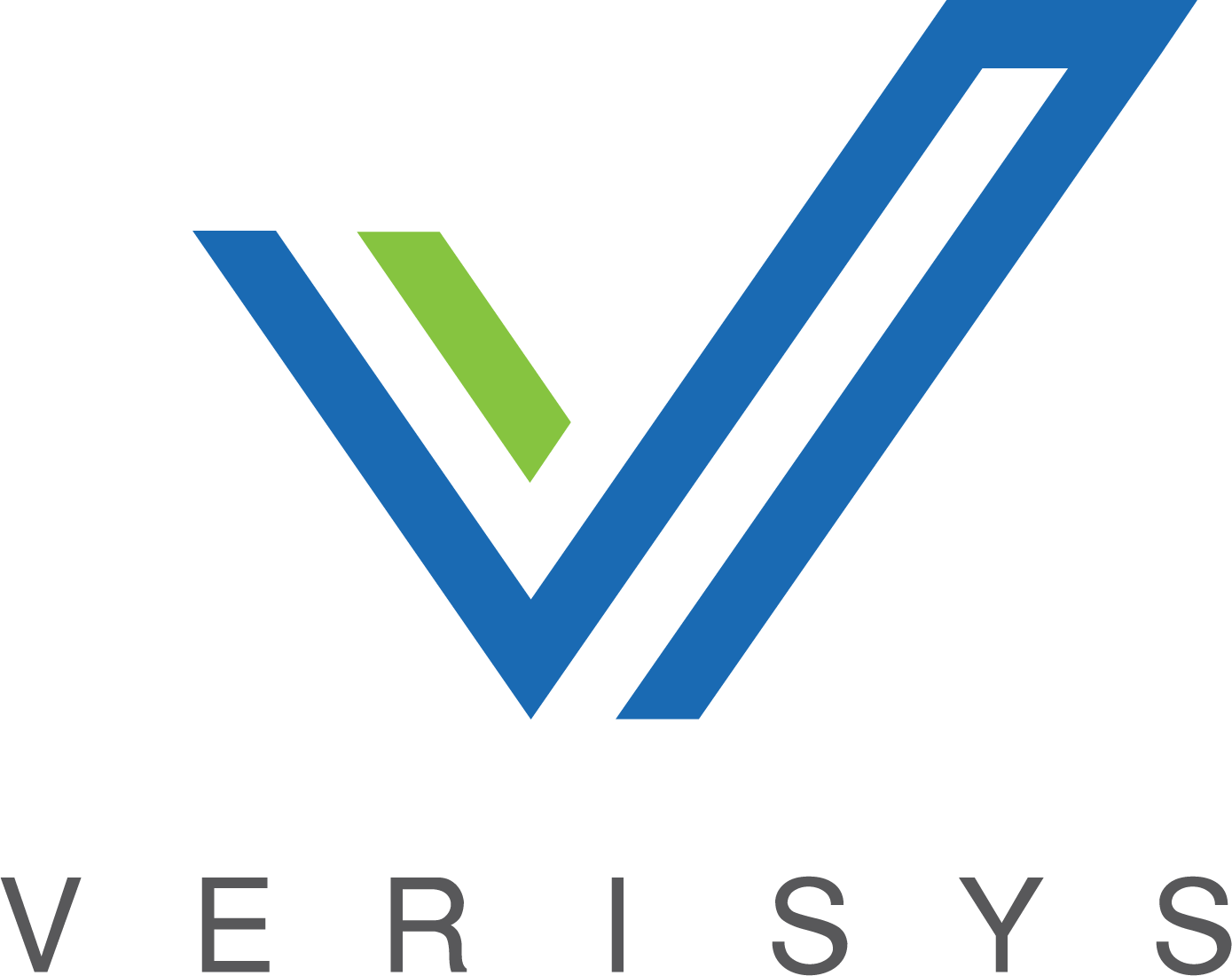– The best resource for monthly healthcare regulatory compliance updates. Compliance Updates: April 2024 Overlook: Licensure Compacts Other Legislation Board Updates Interstate Medical...


Starting January 1, 2022, group health plans and insurers that provide benefits for emergency services may not impose any administrative requirement or limitation on benefits for out-of-network emergency services that are more restrictive than the requirements or limitations that apply to in-network emergency services. Out-of-network providers will not be allowed to bill patients for more than the in-network cost-sharing due under a patients’ insurance. Health plans will have to treat these out-of-network services as if they were in-network when calculating patient cost-sharing. While this creates more choices for patients, it also presents new challenges for providers. We sat down with Donald Potts, VP of Business Development at Verisys, and found out how this new legislation is likely to affect providers and healthcare organizations and how they can best prepare for the changes that are just around the corner.
What Is the No Surprises Act?
The No Surprises Act is new legislation that solves the problem of surprise charges for patients. In emergency situations where patients don’t have time to research treatment options, patients may seek medical care from out-of-network facilities or out-of-network physicians. While a patient may choose their primary provider, they do not typically know or approve ancillary providers such as anesthesiologists, assistant surgeons, cardiac monitors, etc. These ancillary providers may contract with insurers separately from the facility where they are providing care, incurring unexpected costs for patients.
The No Surprises Act (part of the Consolidated Appropriations Act of 2021) requires cross-transparency billing by banning surprise, out-of-network billing for emergency and non-emergency services. This will restrict excessive out-of-pocket costs to consumers from surprise billing and balance billing. It also creates a final-offer arbitration process for providers who are dissatisfied with a health plan’s payment.
Among other provisions, the interim final rule:
The No Surprises Act Will Require Unprecedented Transparency and Turnaround Times for Provider Directory Updates
The new legislation will require health plans to verify their provider directory every 90 days and remove any providers that are not verified. Providers are required to submit regular updates to group health plans and insurers to assist with the verification and provider directory update processes. More frequent provider directory updates will require faster than ever provider verifications—within 48 hours. This near-real-time directory maintenance will require ongoing updates with agile technology and auditing systems that can meet the requirements for faster turnaround times.
“Large payers have moved to a 5-days-a-week provider directory update cadence over the last several years. This legislation forces the medium and smaller payers to catch up. We are seeing all of our customers move to 5-days-a-week provider directory updates,” Potts said. “Payers are also focused on leveraging the highest quality and best value provider networks.” He explained that to meet these requirements, provider search APIs must compare quality and cost, displaying the highest-rated providers and cost models to provide patients with more transparency. Ideally, this provider search API should be an integrated experience within existing patient portals to make it easy for consumers to search and shop. This integrated experience is key as patients access near real-time information on providers, payment plans, and costs. “Transparency is the future of healthcare,” Potts says, as patients take on more of the burden of their healthcare management and regulators continue their healthcare data accuracy mandates.
3 Key Elements in Choosing a Technology Partner to Guarantee Compliance with the No Surprises Act
When choosing a technology partner, make sure your trusted team has the experience necessary to help you comply with new regulations set to take effect in the new year.
Here are the top three capabilities Potts recommends you look for when choosing a technology partner:
How Verisys Is Poised to Deliver
Verisys experts have over thirteen years of experience with subject-matter experts who have solved some of the most complex problems in the healthcare industry including updating huge provider databases.
As the leader in healthcare data management technology, Verisys is poised to take on the challenges of future compliance. If you don’t have a plan for January 1, 2022, implementation of the No Surprises Act, the time to act is now. Potts explains, “Even though the final ruling is not out, the interim final ruling that came out in July is prepping healthcare providers so that when the final ruling comes out in January, CMS will expect you to execute on this. Keep moving toward getting your preparations in place. Don’t wait until it’s too late to have a game plan.”
Learn more about how our API has the capability for near real-time Provider Directory updates.
 |
Written by Verisys Verisys transforms provider data, workforce data, and relationship management. Healthcare, life science, and background screening organizations rely on our comprehensive solutions to discover their true potential. Visit verisys.com to learn how we turn problems into power.
|